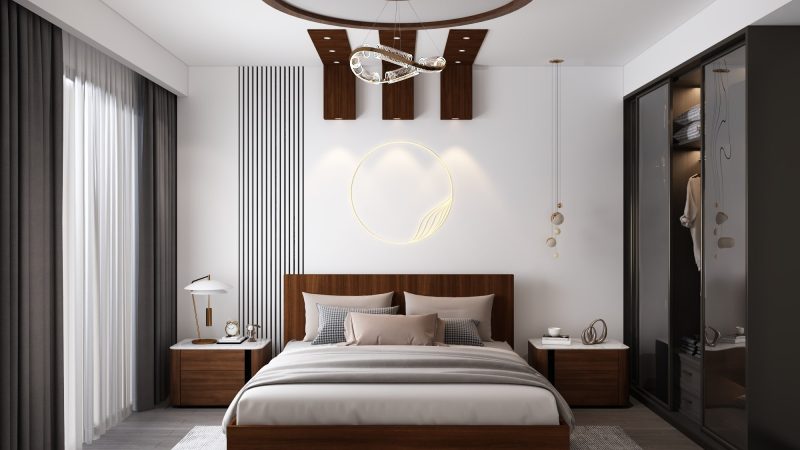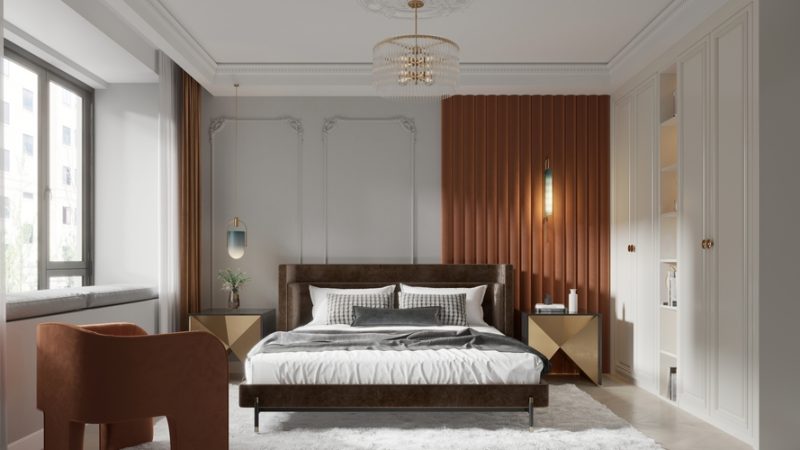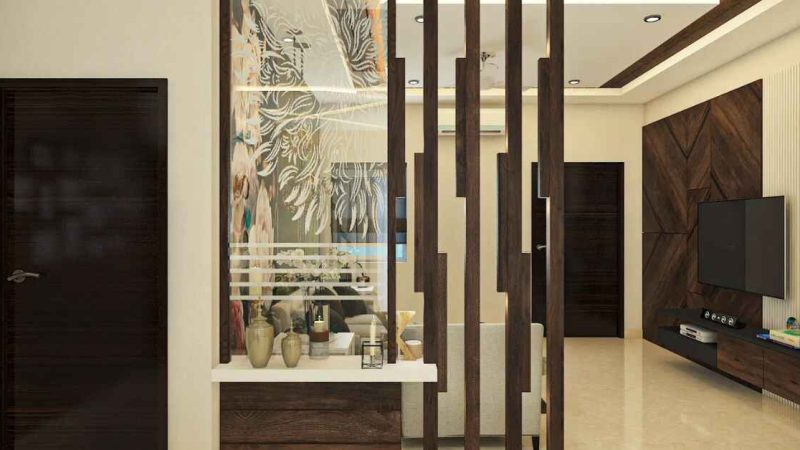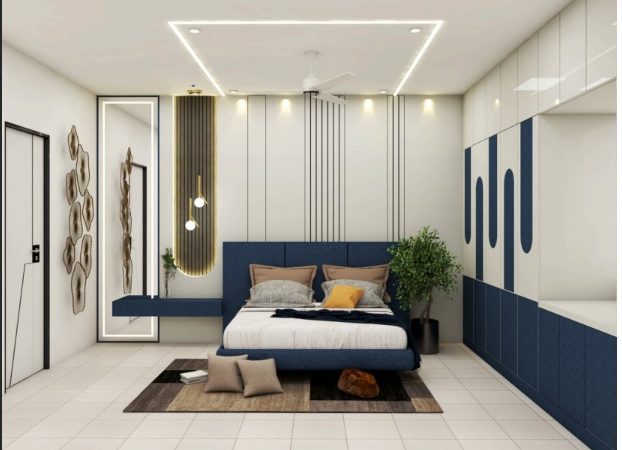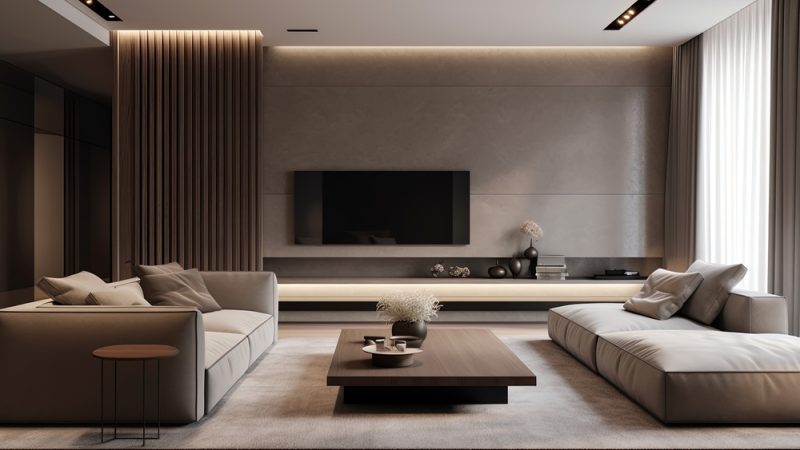Ceiling Design Ideas to Transform Your Home Interiors
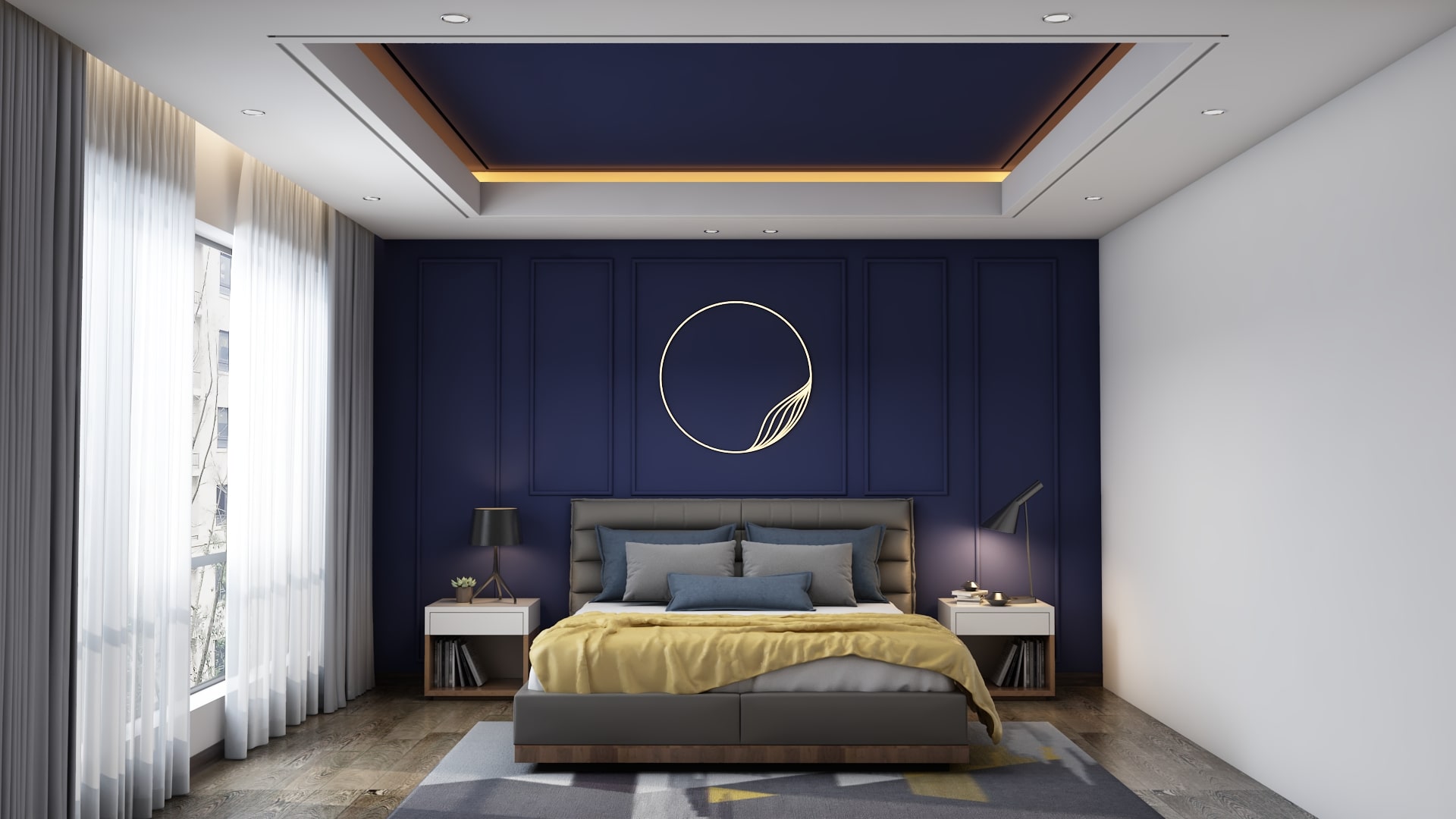
When we think about decorating our homes, we often focus on walls, floors, and furniture. But there’s one element that can completely change the look and feel of a room — the ceiling. A well-planned ceiling design doesn’t just add beauty; it also enhances lighting, creates depth, and sets the mood of your space.
If you’re wondering how to choose the right ceiling design for your home, this Q&A guide will help you explore popular styles, materials, and tips to make the best choice.
What is ceiling design and why does it matter?
A ceiling design refers to the way your ceiling is planned, decorated, or constructed to match the overall interior theme. It could be a simple painted ceiling, a false ceiling design, or a detailed wooden pattern.
Why it matters:
-
Defines the overall style of the room.
-
Enhances lighting and ambiance.
-
Adds a sense of space and proportion.
-
Can hide wires, ducts, and imperfections.
In short, the right modern ceiling design turns your ceiling into a statement piece rather than just an empty surface.
What are the most popular types of ceiling designs?
There are several options depending on style, budget, and functionality:
-
False Ceiling (Dropped Ceiling)
-
Installed below the main ceiling.
-
Conceals wires, improves acoustics, and supports recessed lighting.
-
Commonly made from gypsum, POP, or PVC.
-
-
Coffered Ceiling
-
Features sunken panels in a grid-like pattern.
-
Adds elegance and depth, often used in luxury living rooms.
-
-
Wooden Ceiling Design
-
Warm, rustic, and timeless.
-
Works well in bedrooms and living spaces for a cozy vibe.
-
-
PVC Ceiling Panels
-
Lightweight, waterproof, and easy to maintain.
-
Perfect for kitchens and bathrooms.
-
-
Glass or Metal Ceilings
-
Used in modern, industrial-style interiors.
-
Reflective surfaces make rooms appear larger.
-
How do I choose the right ceiling design for each room?
Every room in your home has a different purpose, so the ceiling design should match its function.
-
Living Room Ceiling Design: Go for layered false ceilings with cove lighting or a chandelier for a luxurious look.
-
Bedroom Ceiling Design: Keep it simple and calming with soft recessed lights or wooden panels for warmth.
-
Kitchen Ceiling Design: Choose PVC or gypsum for easy maintenance and bright lighting.
-
Dining Room Ceiling Design: Coffered or POP designs with pendant lights create an elegant dining atmosphere.
-
Small Room Ceiling Design: Stick to flat, light-colored false ceilings to avoid making the space look crowded.
What role does lighting play in ceiling design?
Lighting and ceiling design go hand in hand. A well-planned ceiling allows you to incorporate multiple lighting styles:
-
Recessed lighting: Sleek and hidden, perfect for a modern look.
-
Cove lighting: Creates a soft glow around the edges.
-
Pendant lights or chandeliers: Adds drama and focus.
-
Spotlights: Highlight artwork or specific corners.
A combination of ceiling design and lighting transforms a room from ordinary to extraordinary.
Which materials are commonly used in ceiling designs?
The choice of material affects both style and durability.
-
Gypsum: Lightweight and versatile, ideal for false ceilings.
-
Plaster of Paris (POP): Flexible for detailed patterns and molding.
-
Wood: Natural, elegant, and perfect for warm interiors.
-
PVC: Affordable, waterproof, and low maintenance.
-
Glass/Metal: Modern and industrial, adding a reflective surface.
Each material has its own charm — the key is to choose based on your interior style and budget.
Can ceiling designs work in small rooms?
Yes, absolutely. The secret is simplicity. Small rooms benefit from:
-
Single-layer false ceilings instead of multiple layers.
-
Light colors like white, cream, or pastel shades.
-
Minimal patterns or straight-line designs.
-
Glossy finishes to reflect light and create openness.
How do I maintain my ceiling design?
Ceilings don’t require heavy maintenance but regular care helps keep them looking fresh.
-
Dust or wipe down surfaces regularly.
-
Repaint POP or gypsum ceilings every few years.
-
Avoid heavy fixtures if the material is lightweight.
-
Use waterproof materials like PVC in kitchens and bathrooms.
Conclusion: The Ceiling as the Fifth Wall
Your ceiling is often called the “fifth wall” of your home — and it deserves just as much attention as your floors and walls. The right ceiling design adds character, enhances lighting, and makes a room feel complete.
Whether you choose a false ceiling design, a wooden finish, or a bold coffered look, always match it with your room’s purpose, size, and overall interior theme. With careful planning, your ceiling can be the highlight of your home interiors.
✨ Looking to revamp your home? Explore modern ceiling design ideas that balance style, function, and comfort.
FAQs on Ceiling Design
Which ceiling design is best for modern homes?
Gypsum false ceilings with recessed lighting are the most popular for modern homes.
What is the latest trend in ceiling design?
Layered false ceilings with LED cove lighting and wooden accents are trending in 2025.
Is a ceiling design expensive?
Costs vary. PVC and gypsum are affordable, while wood and custom POP designs are more premium.
Which ceiling design is best for small rooms?
Simple, single-layer false ceilings in light colors work best for compact spaces.
Can ceiling design improve lighting?
Yes. False ceilings allow recessed and cove lighting, creating layered illumination and ambiance.


